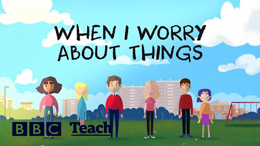Mental health services for schools in Scotland
Understanding and mapping your local service landscape is an important factor in planning and improving children and young people’s access to support.
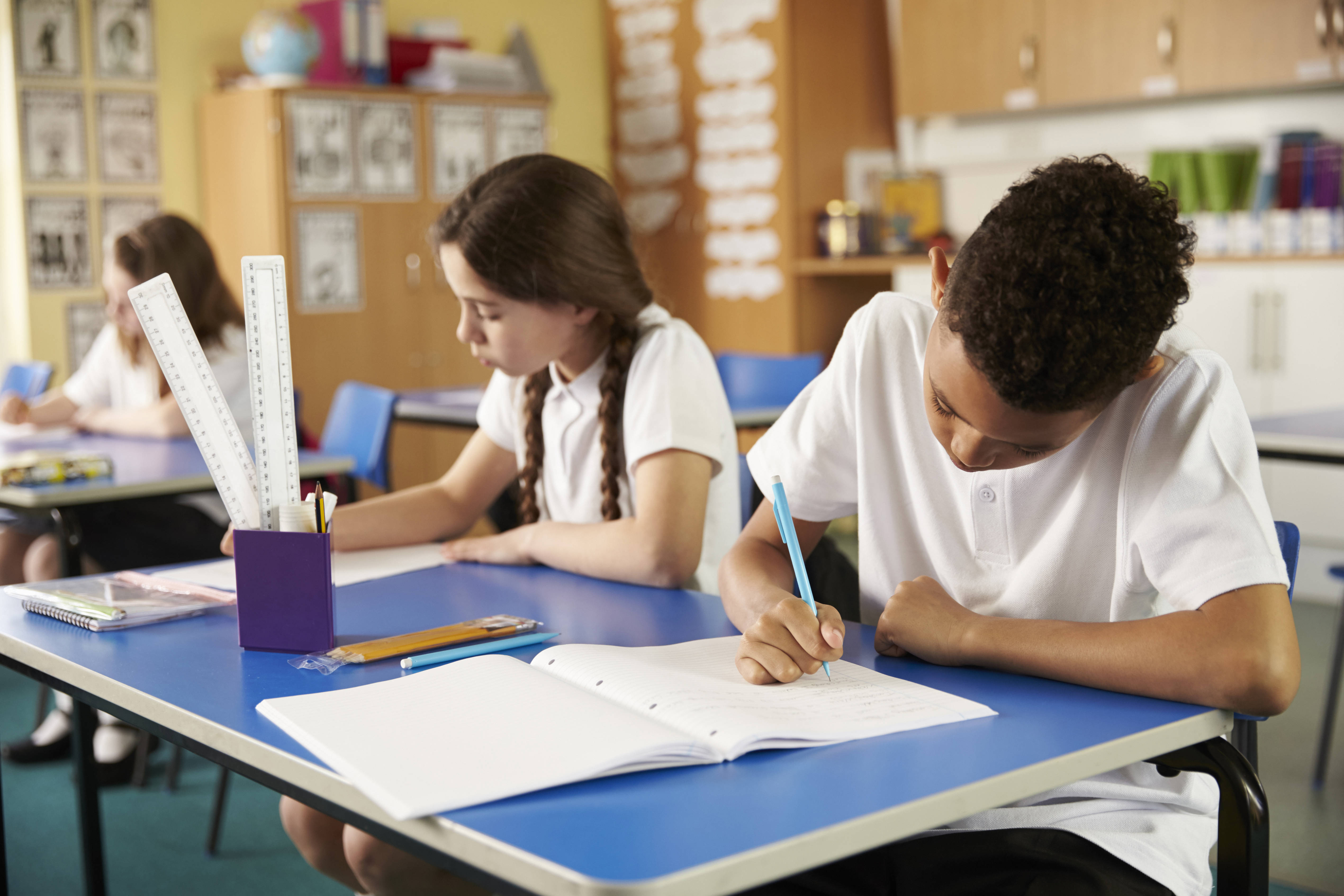
The Curriculum for Excellence has Health and Wellbeing as one of its eight topics for schools to teach, and many schools will already be running wider cross-curricular or whole-school activity to support the wellbeing of their pupils.
The Scottish government's approach to children and young people's mental health and wellbeing is called Getting It Right For Every Child (GIRFEC). GIRFEC emphasises joined-up working between children and young people, their families, and the services they access. There are a range of services and interventions available in the community, which schools can use for information, advice, support or referral.
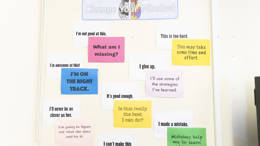
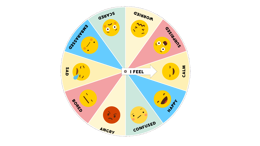
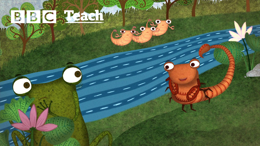
 Author
Author
